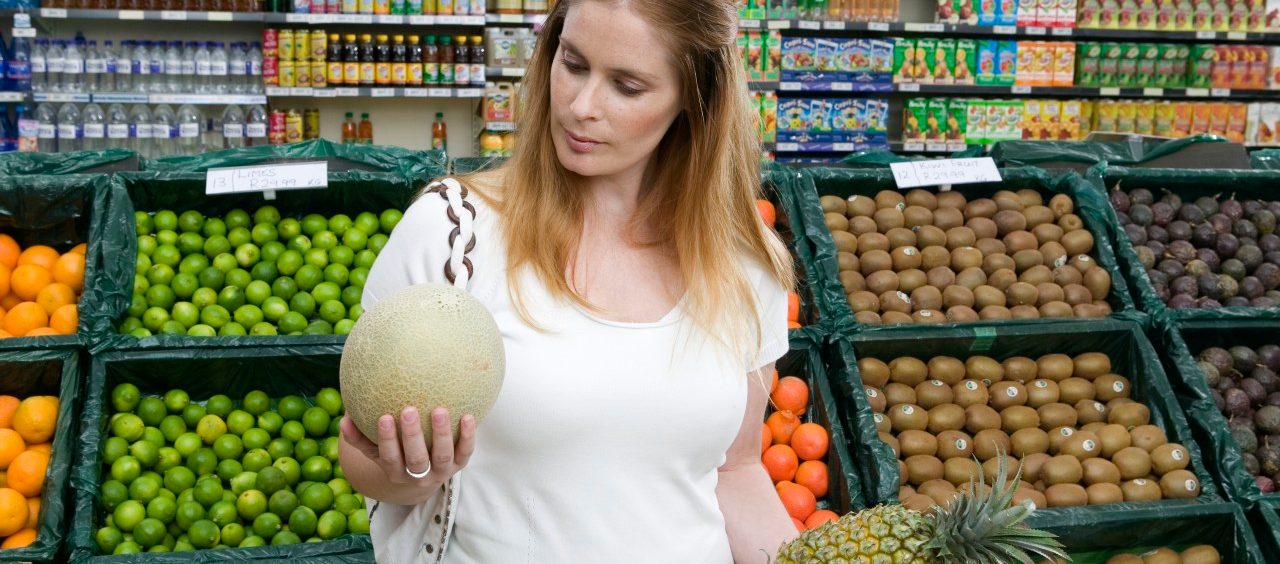November 17, 2017
Just How Healthy Is Healthy Food?

I’m going to come right out and say it: I am a Whole Foods and Sprouts fanatic. I walk around these “healthy groceries” and marvel at the overwhelming selection of food products that promise to be good to my body. The only thing that keeps me from trying and practically hoarding everything, is the vagueness of the term “healthy food.”
Are protein bars really all they’re cracked up to be? Are fat-reduced, non-fried, and multi-grain variants as beneficial as they claim themselves to be? It’s a yes and no. If you are comparing these products to fast food, candy, and soda, clearly marketed healthier food items should be the better way to go. Keep in mind, however, that not all healthy foods were created equal.
YOU MIGHT ALSO LIKE: 15 Fake-Healthy Consumer Products
Energy/protein bars
Whoever invented the energy/protein bar is a genius. These treats reel you in with their high protein content, low glycemic index, added fiber, and a bunch of other random nutrients – all conveniently sized and packaged for the figure-conscious working adult. It’s easy to buy into the whole energy bar craze, but these calorie bombs are essentially candy bars with protein and fiber.
Should you drop the Mars bar and reach for a Lara bar instead? Sure. That’s a better choice. Just don’t forget that these bars still have calories and a bunch of sugar and sodium. They’re okay for quelling the occasional hunger pang or for replenishing energy during a long physical activity, but energy bars are definitely not guilt-free snacks.
Reduced fat variants
Contrary to popular belief, fat is not the enemy – sugar is. You may feel better about your fat-reduced milk, salad dressing, and peanut butter, but the truth is the body needs fat. Fat plays key roles in many bodily functions and essential nutrient storage, and, depending on the kind of fat, can actually be good for you.
Before choosing a reduced-fat option, take a moment to compare its sugar and sodium content with that of the regular variant. You’ll be surprised to find the trade off for less fat calories means more has to come from sugar.
Veggie patties
I’ve definitely tried my share of store-bought veggie patties, and I’ve managed to learn two things:
1. They taste like they have more fillers than vegetables.
2. Having a real burger every now and then can help keep you sane during your commitment to a healthier diet and lifestyle.
It takes a lot to make ground up vegetables stick together and (sort of) resemble meat, so try not to make these easy-to-cook patties a regular meal. It also doesn’t take much time to browse the ingredient list to make sure actual vegetables, and not fillers, come first.
Couscous
Just because couscous sits right next to quinoa on the shelf, doesn’t necessarily mean you’re on the right tip when you reach for it. It may look like a type of grain, but it’s really just tiny pieces of refined pasta. While there’s nothing wrong with having couscous, don’t forget what it is and watch your portion size. You can also opt for whole wheat versions, or, even better, skip the pasta all together and get a healthy serving of whole grain, nutrient-dense quinoa.
Soy milk and tofu
While soy-based products really are acceptable non-meat or non-dairy alternatives for getting a hefty dose of protein, eating too much of it may be bad for you. Soy contains high levels of phytoestrogens, which mimic the effects of the female hormone estrogen, and can cause a number of untoward hormonal reactions in the body. Statistics also show that about 94 percent of U.S.-grown soybeans are GMO.
You don’t have to avoid soy-based products all-together. Just remember to consume in moderation, and take a little bit more time to read nutrition and ingredient labels.
Eating healthier is easier than most people think. Taking time to read product labels and minding food portions is key. The selection of healthy food items in the grocery can be overwhelming. Do not be intimidated! Take your time in getting to know your food preferences and explore new items here and there. Eventually, you will find go-to healthy food that you know will taste great and make you feel even better.


